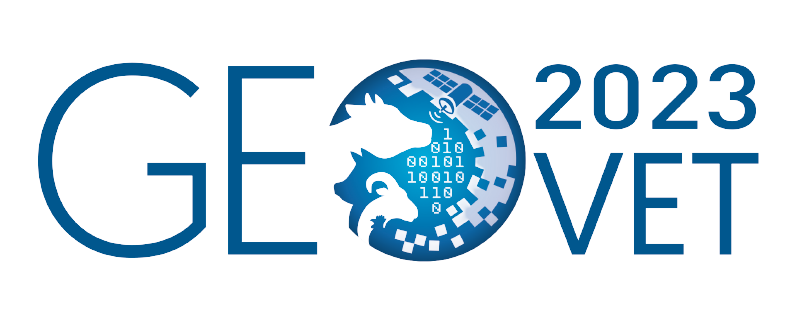Abstract
The increasing emergence of resistant bacteria to the existing antimicrobials and the lack of developing novel antimicrobials have created a global health emergency. Intelligent real-time surveillance is the key prerequisite to informed policy decisions and evidence-based interventions to tackle antimicrobial resistance (AMR) and enhance antimicrobial stewardship. Here, we present new capabilities of the Disease BioPortal platform (https://bioportal.ucdavis.edu), which allows users to generate interactive dashboards to facilitate the visualization and analysis of AMR patterns in swine farms in the United States in near real time. Production systems, veterinary clinics, or diagnostic laboratories can easily integrate their AMR phenotypic (e.g., Minimum Inhibitory Concentration -MIC- values) and/or genotypic (e.g., whole genome sequences) confidential data using APIs or manual uploads. Genomic surveillance is a valued addition to phenotypic surveillance of AMR and provides insights into the resistance mechanisms, AMR evolution, and population dynamics at different spatial and temporal scales. The putative genetic determinants of resistance (e.g., AMR genes) are identified using CARD v3.1.0 (including only perfect and strict paradigms) and ResFinder (90% minimum identity and length coverage) databases (Alcock et al., 2020; Florensa et al., 2022). Heatmaps and donut charts are generated to visualize the distribution of AMR genes at various production scales (individual animal, farm, production system, etc.). AMR prevalence is observed dynamically at multiple spatial and temporal scales using space-time-visualizations and phylogeographic methods (i.e., Nextstrain). Further, various spatial and temporal analyses (e.g., time-series analysis, Scan statistics) are incorporated into the Disease BioPortal dashboard to identify important resistance trends. We illustrate the value of this tool for several use cases using de-identify datasets for Streptococcus suis in the United States to identify resistance trends and improve antimicrobial stewardship. Ultimately, this tool better informs us on how we might approach prevention and control of resistance.
References
Alcock, B. P., Raphenya, A. R., Lau, T. T. Y., Tsang, K. K., Bouchard, M., Edalatmand, A., Huynh, W., Nguyen, A. L. V, Cheng, A. A., Liu, S., Min, S. Y., Miroshnichenko, A., Tran, H. K., Werfalli, R. E., Nasir, J. A., Oloni, M., Speicher, D. J., Florescu, A., Singh, B., … McArthur, A. G. (2020). CARD 2020: antibiotic resistome surveillance with the comprehensive antibiotic resistance database. Nucleic Acids Research, 48(D1), D517-D525. https://doi.org/10.1093/nar/gkz935
Florensa, A. F., Kaas, R. S., Clausen, P. T. L. C., Aytan-Aktug, D., & Aarestrup, F. M. (2022). ResFinder – an open online resource for identification of antimicrobial resistance genes in next-generation sequencing data and prediction of phenotypes from genotypes. Microbial Genomics, 8(1), 000748. https://doi.org/10.1099/mgen.0.000748


